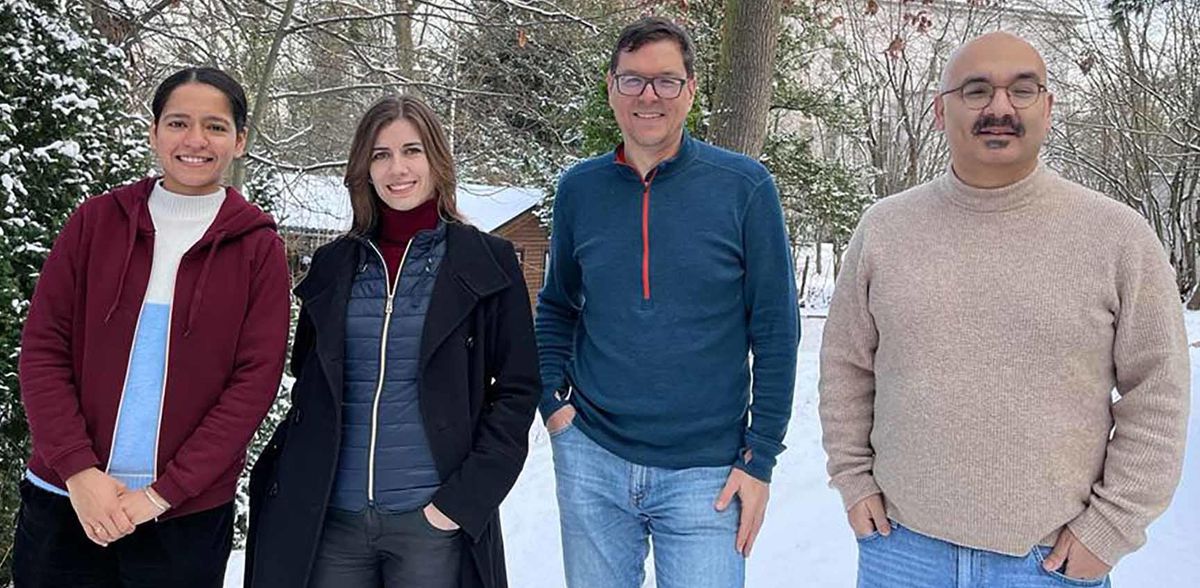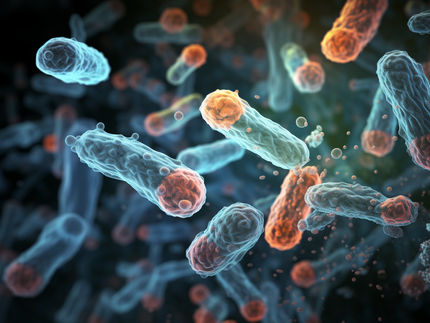A new perspective on ageing at the cellular level
Research team discovers unexpected differences in aging bacterial cells
Advertisement
Surprising findings on bacterial aging have emerged from a study carried out by a team of researchers led by the biologist Dr. Ulrich Steiner at Freie Universität Berlin. In a new paper published in Science Advances the team demonstrated that even genetically identical bacterial cells living in the same environment react differently to the aging process and that changes occur at different rates within different regions of the cell.
This research not only advances scientists’ understanding of the underlying mechanisms of aging, but could also inform approaches to researching bacterial viability and resistance to environmental influences and antibiotics.
“For the last 150 years human life expectancy has been increasing consistently by about three months each year. Yet we still only have a rudimentary understanding of the mechanisms of aging,” explains first author of the study Dr. Audrey Proenca. Single-cell organisms like bacteria were considered “immortal” for a long time. Because bacteria divide into two equal parts and bacterial strains can continue on indefinitely scientists used to assume that bacteria could not age. However, recent studies have shown that there is incredible variability when it comes to the bacterial aging process.
Even generically identical cells in the same environment can act differently, with some growing faster or others producing large quantities of certain proteins that the others simply do not have. In order to understand the aging dynamics of bacterial cells, scientists have to take a much closer look at these cells.
New Insights into Cell Aging
The Evolutionary Demography research group at Freie Universität Berlin investigated the behavior and aging dynamics of the species Escherichia coli across more than one hundred generations. “We discovered a new aspect of bacterial aging that demonstrates how the aging process in individual bacterial cells takes place,” says Dr. Proenca. Although E. coli mother cells may look identical to their daughter cells, every mother cell retains an “old pole” – the older end of the rod-shaped cell – and passes on a “new pole” to its daughter cell. With the aid of fluorescent proteins the research team observed how the “old pole” of the mother cells became darker as they aged, which indicated that they were producing fewer new proteins as time went on. The same effect was not found in daughter cells. “The asymmetry between mother and daughter cells increases over time, which in turn shows that bacteria do not divide and age symmetrically,” Dr. Proenca explains.
“We were also surprised that this aging process occurs between the poles within the mother cell,” adds Dr. Ulrich Steiner, head of the research group.
These research findings will be important for better understanding aging and cellular heterogeneity in single-cell organisms. The study shows how aging can strengthen heterogeneity within individual bacterial populations. It could also provide important indications of how human cells age and how to combat age-related illnesses. Furthermore, it opens up new perspectives in researching mechanisms that could contribute to cell viability and resistance against stress and antibiotics.























































